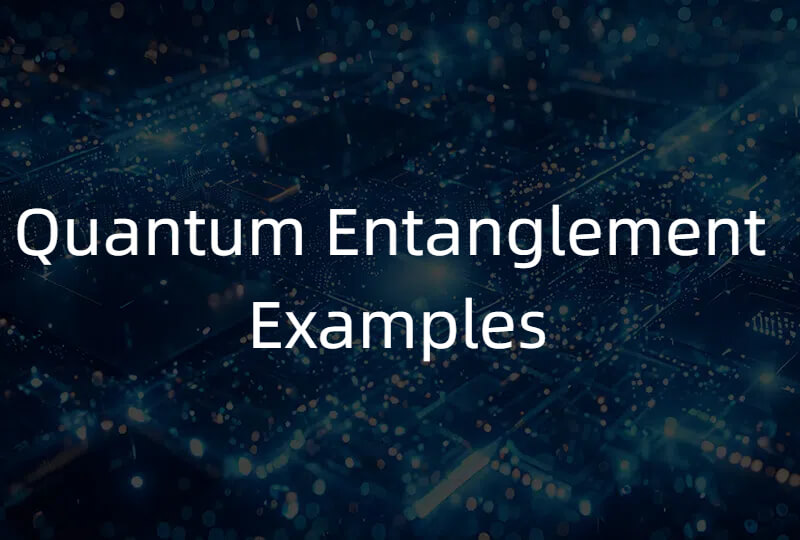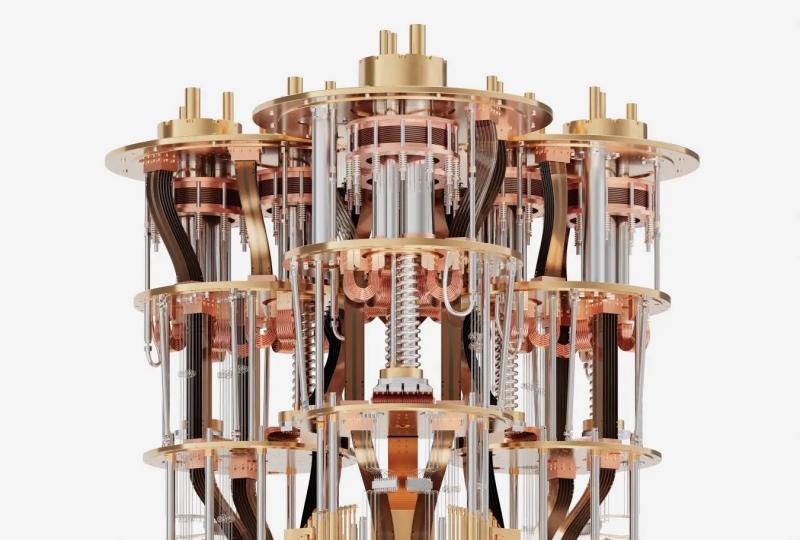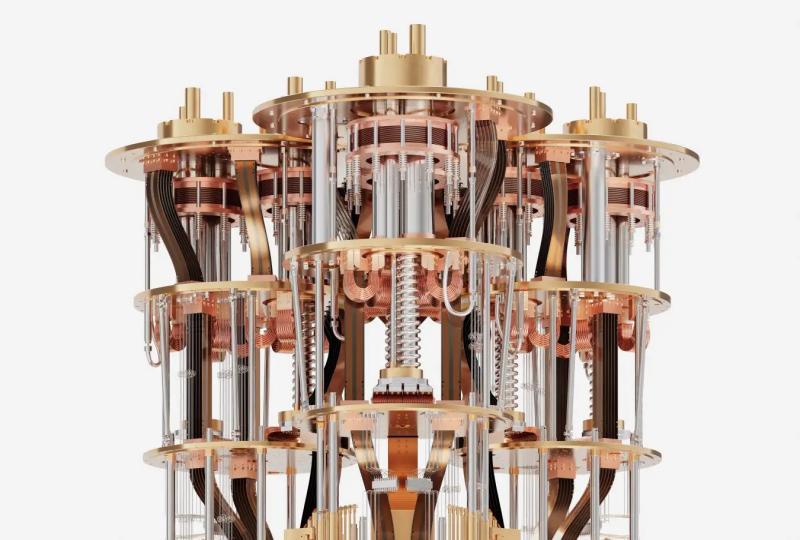Examples of Quantum Entanglement: Clear Cases Explained
2025.06.12 · Blog quantum entanglement exampleexamples of quantum entanglement
Quantum entanglement is one of the most fascinating and counterintuitive phenomena in quantum physics. Although it might sound abstract, there are clear and concrete examples that illustrate how entanglement works — from simple thought experiments to cutting-edge quantum technologies shaping our future.

Everyday-Style Example: Alice & Bob and the Entangled Particles
Imagine two people, Alice and Bob, each given a particle from an entangled pair. Alice stays on Earth, while Bob travels to Mars. If Alice measures her particle and finds it in a “spin-up” state, Bob will instantly know that his particle is in the “spin-down” state—even though no message was sent between them. This “instantaneous connection” defies classical intuition and is one of the key features that distinguishes quantum systems from classical ones.
This kind of entanglement is being explored for quantum communication, where information isn't transmitted by traditional signals but instead inferred through correlated measurements of entangled particles. It's also the foundation of quantum teleportation, where the state of a quantum system can be transmitted across distances without moving the particle itself.
Scientific-Level Examples: EPR Pairs, Bell States, and Entangled Qubits
1. EPR Pair (Einstein-Podolsky-Rosen Paradox)
This famous thought experiment challenged the completeness of quantum mechanics. It described two particles prepared in such a way that measuring one would instantly determine the state of the other. The EPR paradox led to decades of debate about “hidden variables” and ultimately inspired experimental tests of entanglement.
2. Bell States
Bell states are specific maximally entangled quantum states of two qubits. For example:

This means the two qubits are in a superposition of both being 0 or both being 1—until one is measured. These states are fundamental in quantum information theory and are often used in quantum cryptographic protocols and quantum error correction.
3. Entangled Qubits in Quantum Circuits
In quantum computing, entanglement is generated using quantum gates such as CNOT (controlled NOT) and Hadamard. These operations entangle qubits so that their joint state cannot be factored into separate, independent qubit states. This enables powerful parallelism and complex interference patterns that give quantum computers their computational advantage.
Physical Realizations of Quantum Entanglement
-
Photon Entanglement: Polarization-entangled photon pairs generated through spontaneous parametric down-conversion.
-
Trapped Ions and Cold Atoms: Entanglement in systems of trapped ions or neutral atoms manipulated with lasers.
-
Superconducting Qubits: Entanglement generated in superconducting circuits used in quantum computing prototypes.
Whether you're exploring simple analogies or diving into sophisticated quantum states, these examples show that quantum entanglement is far from a mere curiosity. It is a powerful, measurable resource that drives breakthroughs in modern physics and quantum technology.
Featured Content






